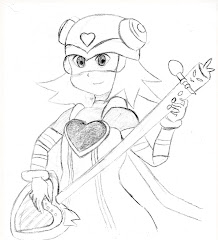 Ray
Harryhausen was born in 1920, in Los Angeles. Although born in America he is
still considered to be British. At the age of 13 he saw the movie King Kong,
made by Willis O’ Brien. Ray Harryhausen was inspired by this film and decided
that it was what he wanted to do in life, he eventually became Willis O’
Brien’s assistant.
Ray
Harryhausen was born in 1920, in Los Angeles. Although born in America he is
still considered to be British. At the age of 13 he saw the movie King Kong,
made by Willis O’ Brien. Ray Harryhausen was inspired by this film and decided
that it was what he wanted to do in life, he eventually became Willis O’
Brien’s assistant.
To improve his drawings he put himself through art
school, and for much of his later work he used a technique known as Aerial
Perspective (objects in the background are faded and objects in the foreground
where darker) this made it possible to show various layers in a drawing. He made very detailed and complicated storyboards for all of his planning. For
each of the movies he made he did a detailed storyboard first, then he would do initial concept design and then he would build the models so that they were fully articulated. Aerial
Perspective helped show where the characters in the scene would go. The movies
Ray made where ‘creature features’, as this was the most popular type of film,
and so it was likely that more people would see the film.
 The characters that Ray made for his films where made of
plasticine with wire frames to help them to keep there shape. When filming Ray
didn’t use a green screen for his work, but he did use perspective so all his
models where the same size but some looked bigger as brought them closer to the
camera.
The characters that Ray made for his films where made of
plasticine with wire frames to help them to keep there shape. When filming Ray
didn’t use a green screen for his work, but he did use perspective so all his
models where the same size but some looked bigger as brought them closer to the
camera.

